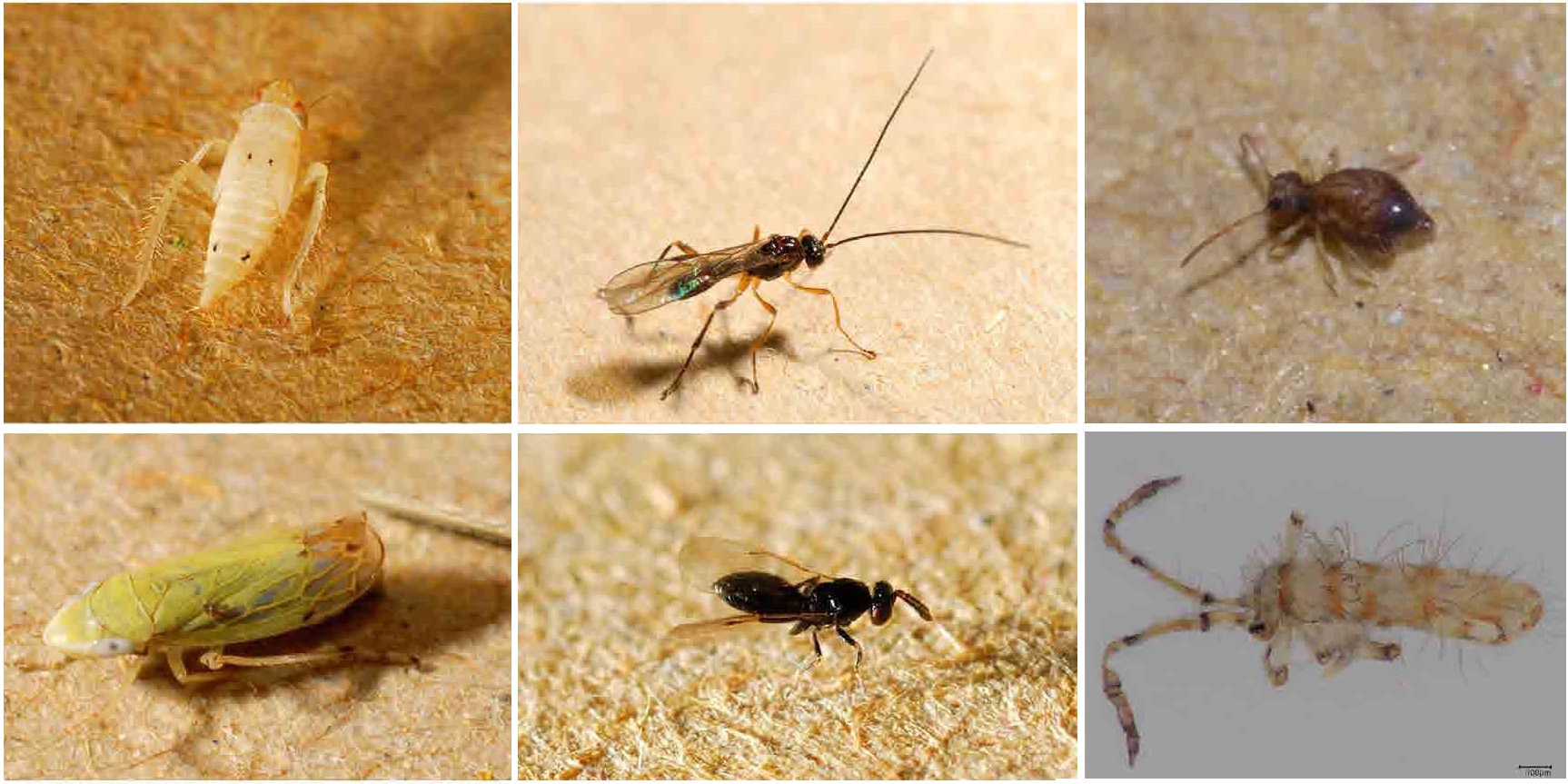Distinct phenology of insect orders shown
their own adaptive mechanisms in the subtropical montane regions of
Taiwan
Due to no vehicle to reach, the distribution of the
hexapod fauna in the montane areas of Taiwan has rarely been studied.
To elucidate the hexapod phenology in montane Taiwan at 3000 m in
elevation, hexapods were collected from YB bimonthly between 2009 and
2012 by using a sweeping net. The three dominant orders Collembola,
Hemiptera, and Hymenoptera, each of which has a distinct community
structure and dynamic pattern, may have their own adaptive mechanisms.
Hemiptera individuals, feed on YB, were stable in the year. The
parasite hymenopteran wasps have stable dynamic patterns, was
associated with that of their host insects and temperature. The
dramatic fluctuations in the abundance of Collembola may have been
caused by abiotic factors, such as precipitation. Moreover, the
surveyed hexapods were divided into summer and winter groups. However,
the pseudo-winter group might actually comprise individuals from
several dominant families that are present all year but appear to be
more abundant in winter.




Dominat hexapods in Shei montane areas; hemipteran leafhopper
(Left), hymenopteran wasp (Middle), collembolan springtail (Right).
Read the full article, published by Zoological
Studies, here
Follow Zoological Studies on
Twitter @ZooStudies
and Facebook
